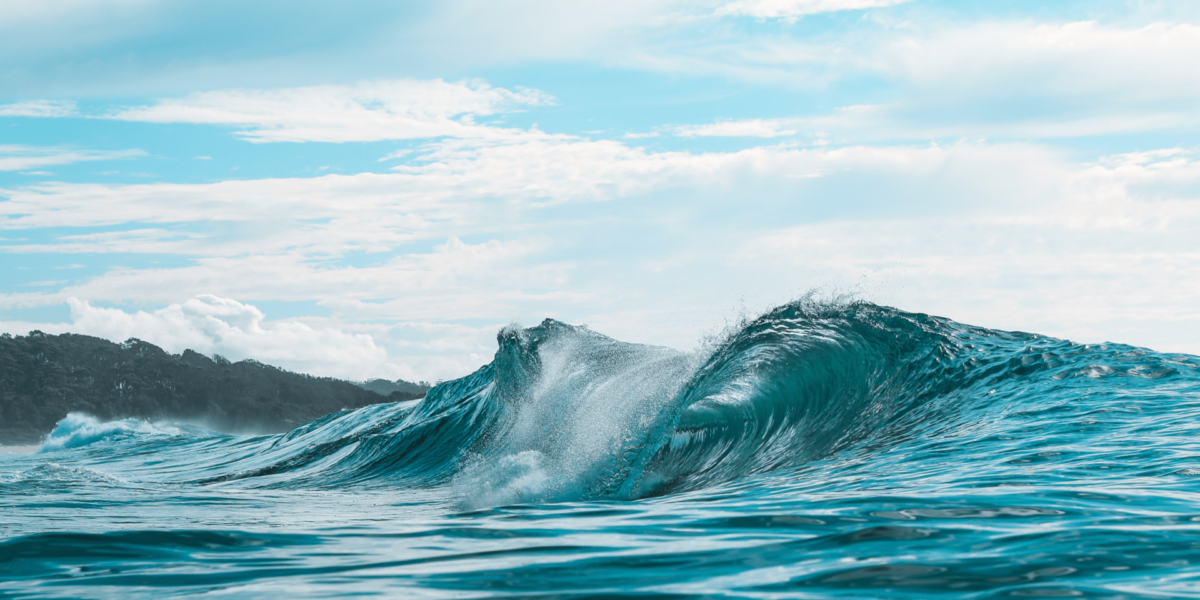Quiet Design Shapes the Pamela Beach Experience
Pamela Beach doesn’t rely on attractions or noise to leave an impression. It uses space, sound, and design to offer something harder to find—peace. The experience begins the moment you arrive. Movement slows, distractions fade, and the environment invites attention.
A person arriving at the beach might notice how the wind feels more present and the distant sound of waves cuts through background noise. There are no flashing lights or loudspeakers. Everything—from walkways to shaded spots—is arranged with care. This deliberate stillness shapes the rhythm of the entire visit.
Every Element Supports Stillness
Coastal comfort at Pamela Beach comes from more than just sand and water. It’s the result of carefully coordinated elements that work together to lower stress and increase awareness. From the parking area to the boardwalk, nothing feels rushed or crowded.
A visitor walking toward the shoreline finds clear paths leading to open spaces. Tall grasses buffer sound. Seating areas are positioned away from main routes, allowing privacy without isolation. Even the natural slope of the beach encourages long, easy walks. These decisions help the space support calm without asking for silence—it simply provides it.
The Air Quality Enhances Physical Ease
Pamela Beach benefits from geography that improves how it feels to breathe and move. The surrounding landscape allows air to flow directly from the ocean, reducing exposure to pollutants and keeping the environment cooler.
A person spending several hours near the dunes may notice they don’t feel drained from the heat. The lack of pavement and low building density means less reflected warmth. Natural materials like stone and wood stay cooler underfoot. This comfort isn’t accidental—it’s part of a larger system that values physical ease as part of the beach experience.
Architecture Uses Local Materials for Harmony
Buildings near Pamela Beach blend into the surroundings. Instead of concrete walls or bright colors, structures use wood, stone, and other regional materials. This approach keeps the focus on the land and water, not on development.
A visitor walking past a café or washroom may not even notice the building right away. That’s intentional. The design keeps attention on the beach itself. Rooflines follow the landscape. Color tones match the sand and vegetation. Every choice contributes to a visual calm that supports emotional stillness.
Lighting Prioritizes Mood Over Brightness
As the sun sets at Pamela Beach, the environment doesn’t shift into high beam mode. There are no glaring floodlights or tall poles casting shadows. Instead, low, directional lighting provides just enough visibility to move safely without overpowering the view.
A family staying past dusk might walk along softly lit paths where the lights face downward, guiding steps but leaving the sky visible. This approach reduces light pollution, preserves night vision, and creates a gentle transition from day to night. It turns evening into an extension of the peaceful day.
Natural Barriers Protect Sound Quality
Sound at Pamela Beach carries differently. Dunes, shrubs, and tree lines don’t just block wind—they absorb sound. This natural insulation creates a buffer between activity areas and quieter zones. It helps maintain a consistent audio atmosphere centered on natural rhythms.
A person sitting near the edge of the beach might hear wind through the plants, small waves meeting the shore, or distant birds—but not engines or music. Even on busier days, this level of sound control protects the sensory experience. Visitors feel alert but not overwhelmed.
Amenities Stay Accessible Without Disruption
Pamela Beach offers everything needed for a comfortable stay—restrooms, food vendors, rinse stations—but none of these features disrupt the environment. They’re placed with precision, built into the terrain, and use design choices that make them easy to find without drawing attention.
Someone looking for a place to refill water or grab a snack won’t need to leave the beach environment. The infrastructure supports the experience without advertising itself. This allows the natural look and feel of the beach to remain intact, even while services stay close at hand.
Comfort Comes from Thoughtful Layout, Not Excess
Coastal comfort at Pamela Beach isn’t built on luxury—it’s built on logic. The layout supports ease of movement, shelter from sun and wind, and access to quiet without cutting off choice. Visitors can stay close to activity or step away with equal ease.
A solo visitor wanting a peaceful view of the ocean might find a shaded bench facing the horizon. That bench will likely be placed where foot traffic is low and wind is softened by nearby grasses. The experience feels spontaneous, but it’s shaped by careful design that values simplicity over excess.
Community Stewardship Maintains the Atmosphere
The people who care for Pamela Beach—residents, volunteers, and local business owners—play a direct role in maintaining its comfort. Their work includes cleanup, conservation, and making sure the space stays safe, welcoming, and low-impact.
A returning visitor may notice that the beach feels cared for, not controlled. Trash bins are present but not overflowing. Walking trails are clean but not artificial. The presence of maintenance is visible in outcome, not interference. This stewardship adds to the comfort without calling attention to itself.
Quiet Design Leaves a Lasting Impression
When visitors leave Pamela Beach, they don’t carry memories of loud events or crowded attractions. They remember how the space made them feel—clear-headed, unhurried, and connected to their surroundings. That feeling doesn’t fade quickly because it’s rare to find a public space so attuned to stillness.
Driving away, someone may realize they haven’t checked their phone in hours. They haven’t had to tune anything out. They’ve simply been present, supported by an environment that made it easy to focus on nothing at all. That is the power of a quiet space done right.




